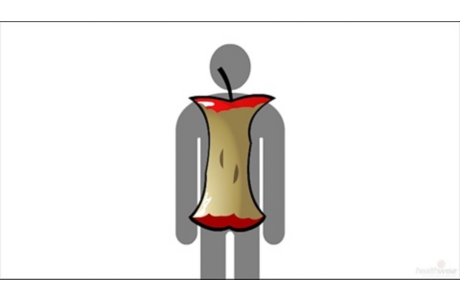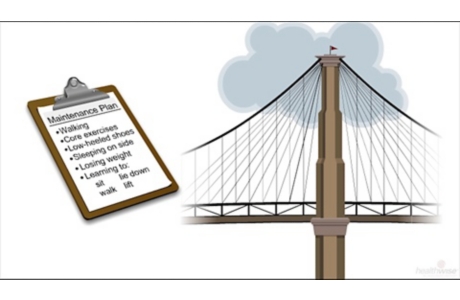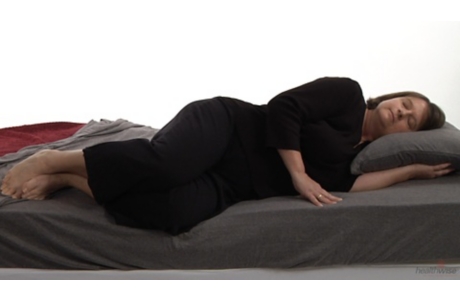Expert: Be Active to Help Your Back Heal
Dr. Robert Keller
What is low back pain all about? Dr. Robert Keller, an orthopedic surgeon, shares his thoughts about the basics.
Dr. Keller, many people have low back pain. When someone sees you about low back pain, what do you tell that person?
Dr. Keller: This really depends on the cause. If it appears the pain is because of a strain or soft-tissue injury, I tell them that it may be very painful, but it will resolve pretty much on its own. How long it takes can vary. If it is a discomfort rather than pain, it may resolve in a week or so. The more severe it is, the longer it will take. If you are having muscle spasms—that is, instances of sharp pain and tight muscles—it may take longer. Generally, most low back pain caused by a strain or soft-tissue injury resolves in 3 to 6 weeks. We call this acute low back pain.
That week, or those 3 to 6 weeks, can still be pretty painful. Is there anything that can be done?
Dr. Keller: You have to understand that the pain will go away. It may take some time, but it will go away. Self-care is all you really need. Use ice, heat, or both on your lower back. Stay as active as you can. Doctors used to say to rest, but it turns out that this is not the case. The more active you are, the better you will be, and the faster you will heal.
You can take medicine for the pain. It can be over-the-counter, or your doctor may prescribe something stronger. The medicine helps relieve the pain, which means you can be more active.
How active is active enough?
Dr. Keller: This is often a question of how someone deals with pain. Some people have a high tolerance for pain; others have a lower tolerance. If someone is very sensitive to pain, I suggest simple things like walking. If you can deal with more pain, you can walk farther or try some of your usual activities.
What happens if you are still in pain after 4 weeks?
Dr. Keller: If you are still in severe pain or your back pain has not improved in 4 weeks, see your doctor. Your doctor will examine you and may consider doing an X-ray or some other test, but it may not be necessary. If you are not doing well, especially in regard to moving, your doctor may recommend a physical therapist to help you with exercises and activities.
Is there any reason to contact your doctor before 4 weeks?
Dr. Keller: We look for “red flags.” These are signs that indicate you may have a more serious problem. These include severe pain that does not go away and evidence of nerve damage. You may have nerve damage if you cannot control your bladder or bowel, you have sudden weakness or numbness in your legs, or you are not able to walk or stand. Having a high temperature can also be a red flag.
What’s really important for people to know?
Dr. Keller: If there is no nerve damage or underlying problem, be active. It does not matter what you do, but do something. Walking is great; so is swimming. If you can do simple exercises, that’s great.
Being active is very important. If you are not active because you want to limit your pain, you go backward. Stay as active as you can.
Current as of: June 26, 2019
Author: Healthwise Staff
Medical Review:William H. Blahd, Jr., MD, FACEP – Emergency Medicine & Adam Husney, MD – Family Medicine & Kathleen Romito, MD – Family Medicine
This information does not replace the advice of a doctor. Healthwise, Incorporated, disclaims any warranty or liability for your use of this information. Your use of this information means that you agree to the Terms of Use. Learn how we develop our content.






